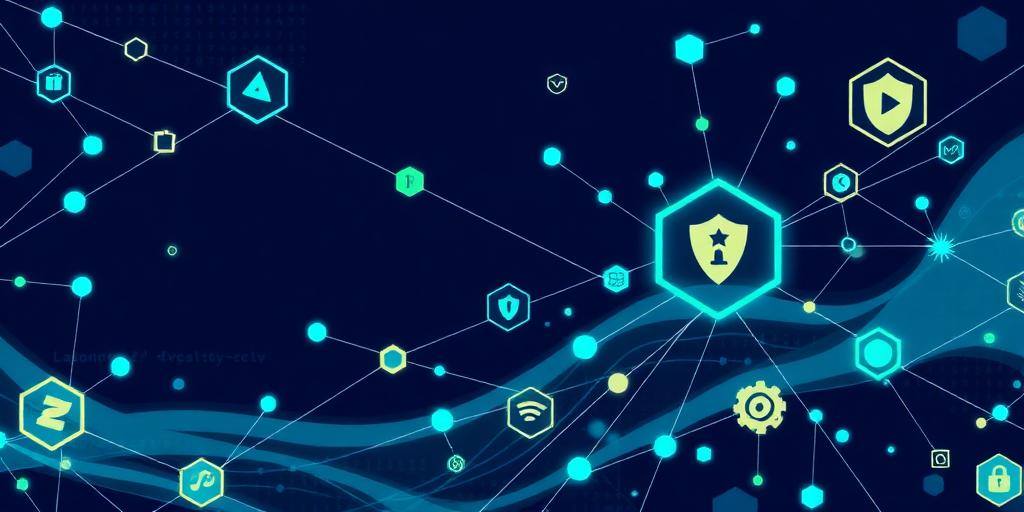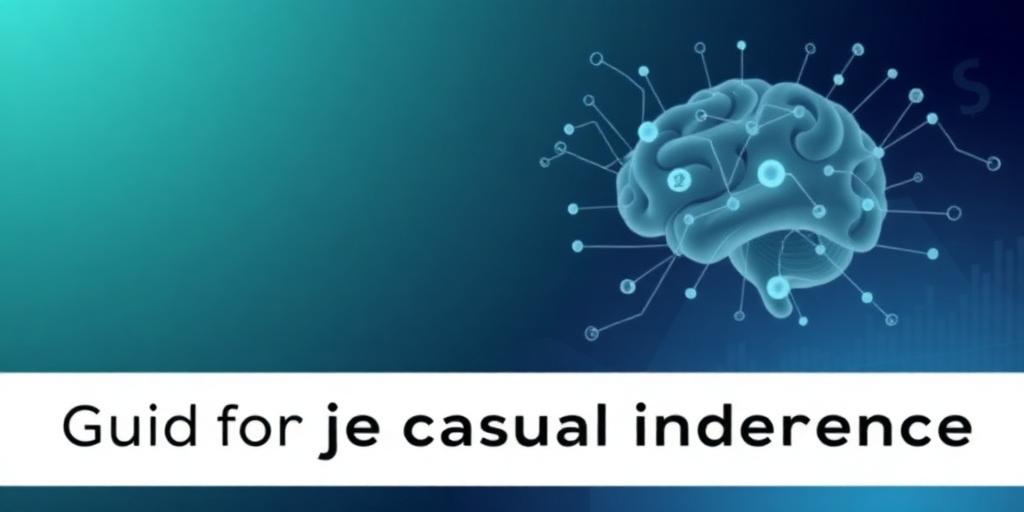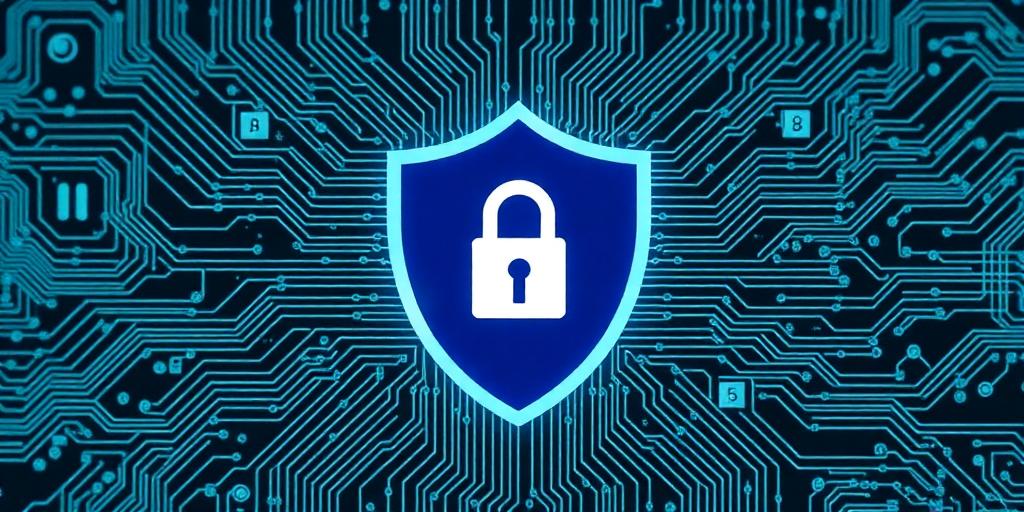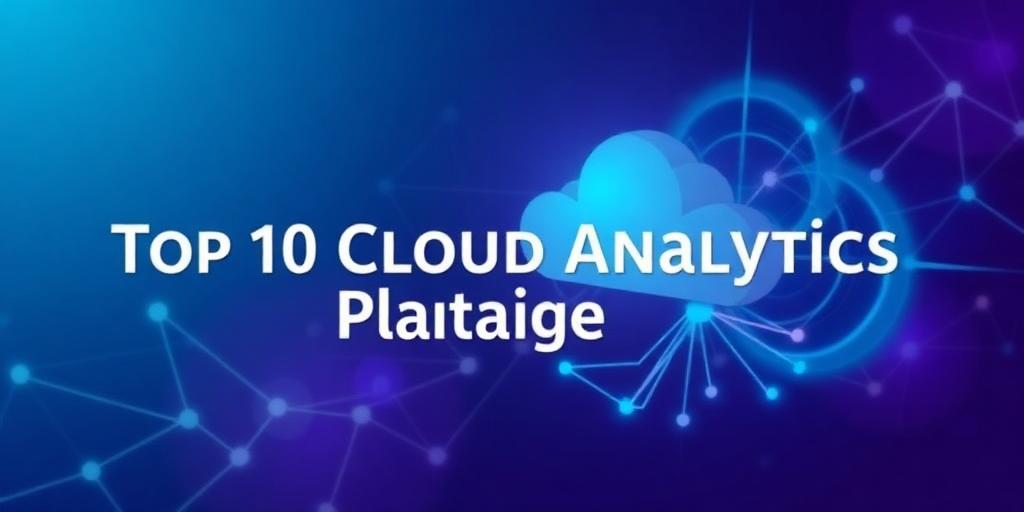The burgeoning landscape of decentralized applications (dApps) and smart contracts has ushered in a demand for specialized development tools. For blockchain developers, selecting the right suite of instruments is paramount to building secure, efficient, and scalable solutions. This article delineates the ten indispensable tools that form the bedrock of modern blockchain development, offering a comprehensive guide for both nascent and seasoned practitioners. Understanding and leveraging these resources is crucial for navigating the complexities of Web3 development effectively, establishing a solid foundation with the best blockchain development tools available.
Laying the Foundation: Essential Languages and IDEs
1. Solidity: The Language of Smart Contracts
At the heart of Ethereum and numerous other EVM-compatible blockchains lies Solidity, a high-level, contract-oriented programming language. Its syntax, reminiscent of JavaScript, enables developers to write self-executing code that governs digital assets and logic on the blockchain. Proficiency in Solidity is non-negotiable for anyone venturing into smart contract development, dictating the very functionality of decentralized ecosystems. It is the primary language for creating smart contract development tools.
2. Remix IDE: Rapid Prototyping and Learning
Remix is a powerful, browser-based integrated development environment (IDE) specifically designed for Solidity. It offers a comprehensive suite for writing, compiling, debugging, and deploying smart contracts directly to various blockchain environments, including local testnets and public networks. Its intuitive interface and extensive features make it an invaluable tool for quick iterations, testing, and educational purposes, serving as an excellent starting point for new blockchain developers and a core smart contract development tool.
3. Visual Studio Code (VS Code) with Extensions: The Versatile Workspace
While not exclusively a blockchain tool, VS Code has become the ubiquitous IDE for a vast majority of developers, including those in the Web3 space. Its extensibility is a key advantage, with robust plugins like the Solidity extension, Prettier for code formatting, and Git integrations. This transforms VS Code into a powerful and highly customizable environment for managing complex blockchain projects, offering superior code navigation, linting, and collaboration features for advanced smart contract and dApp development.
Frameworks for Robust Development and Testing
4. Truffle Suite: A Comprehensive Development Environment
The Truffle Suite stands as a pillar in the Ethereum development ecosystem, offering a complete framework for smart contract development, testing, and deployment. Comprising Truffle (the development framework), Ganache (a personal blockchain for local testing), and Drizzle (a collection of front-end libraries), it streamlines the entire development lifecycle. Truffle's robust testing framework and built-in asset pipeline are critical for ensuring the reliability and security of decentralized applications, making it one of the top decentralized application development platforms.
5. Hardhat: Flexible and Developer-Centric
Emerging as a strong alternative to Truffle, Hardhat is another highly extensible development environment for Ethereum. It emphasizes flexibility and a developer-friendly experience, providing built-in Hardhat Network for local testing and strong debugging capabilities. Hardhat's plugin system allows for deep customization, integrating seamlessly with tools for testing, deployment, and even BUIDL-ing on different networks. Its focus on speed and reliability makes it a preferred choice for many contemporary projects and a leading blockchain testing framework.
6. Ganache: Your Personal Blockchain Playground
Part of the Truffle Suite but often used independently, Ganache provides a personal Ethereum blockchain for local development and testing. It allows developers to deploy contracts, develop dApps, and run tests in a safe, isolated environment without incurring transaction costs or waiting for block confirmations on public testnets. Ganache’s user-friendly GUI and command-line interface offer instant feedback and control over the local blockchain state, significantly accelerating the development process as a reliable blockchain testing framework.
Interacting with the Blockchain and Ensuring Security
7. Web3.js / Ethers.js: Bridging Front-end and Blockchain
To enable front-end applications to interact with the Ethereum blockchain, developers rely on JavaScript libraries like Web3.js and Ethers.js. These libraries provide a set of functions to send transactions, call smart contract methods, interact with wallets, and query blockchain data. Ethers.js, in particular, is gaining traction for its smaller bundle size, improved security features, and more consistent API, making both essential for building user-friendly decentralized applications.
8. OpenZeppelin Contracts: Audited and Secure Building Blocks
Security is paramount in blockchain development. OpenZeppelin Contracts provide a library of battle-tested, community-audited smart contracts that implement common functionalities like ERC-20 tokens, ERC-721 NFTs, access control, and upgradeability patterns. By using these standardized and secure modules, developers can significantly reduce the risk of vulnerabilities and accelerate development, ensuring the integrity of their decentralized systems as vital smart contract development tools.
Advanced Tools for Data and Decentralization
9. Chainlink: Powering Oracles for Real-World Data
Blockchain applications often require access to off-chain data and traditional systems. Chainlink addresses this challenge as a decentralized oracle network, securely connecting smart contracts with real-world data, external APIs, and payment systems. Its robust framework enables developers to build more dynamic and powerful dApps that can react to external events, making it a critical component for complex decentralized finance (DeFi) and enterprise solutions.
10. The Graph: Indexing and Querying Blockchain Data
As blockchain data grows exponentially, efficient querying becomes vital for dApps. The Graph is a decentralized protocol for indexing and querying blockchain data, allowing developers to build and publish open APIs called subgraphs. These subgraphs make it easy to access and retrieve specific data from the blockchain for front-end applications, without directly querying the blockchain nodes. This dramatically improves dApp performance and user experience by providing structured, easily accessible data.
Conclusion
The journey of a blockchain developer is continually evolving, demanding a comprehensive understanding and mastery of a diverse toolkit. The ten tools outlined herein represent the foundational elements for constructing robust, secure, and performant decentralized applications. From the foundational language of Solidity to advanced indexing protocols like The Graph, each tool plays a pivotal role in empowering developers to innovate within the Web3 paradigm. By integrating these essential instruments into their workflow, developers can confidently build the next generation of internet infrastructure, leveraging these essential tools for Web3 developers and the best blockchain development tools on the market.








